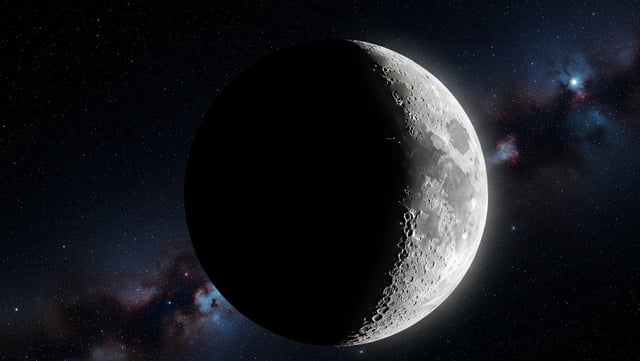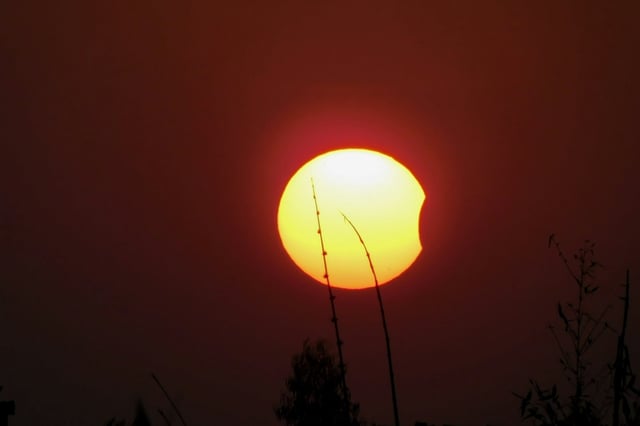Overview
- Astronomers confirm an estacional Black Moon on August 23, 2025, with some regions west of UTC registering the start late on August 22.
- Because it is a New Moon, the lunar disk will be invisible from Earth, yielding darker skies that favor viewing the last Perseids through about August 24.
- A pre-dawn alignment peaked on August 19 with Mercury at greatest western elongation joining Venus, Jupiter, Saturn and a crescent Moon, with Mercury difficult to spot low on the eastern horizon.
- “Black Moon” is a popular label for irregular New Moon patterns, including an extra New Moon in a season, two New Moons in one calendar month, or a month with none; upcoming dates include August 31, 2027 (calendárica) and August 20, 2028 (estacional).
- Planning continues for the exceptionally long total solar eclipse on August 2, 2027, with about six minutes 23 seconds of maximum totality across parts of Africa, Spain/Gibraltar and the Middle East, plus short-lived effects on temperature, winds, animal behavior and radio/GPS propagation.



